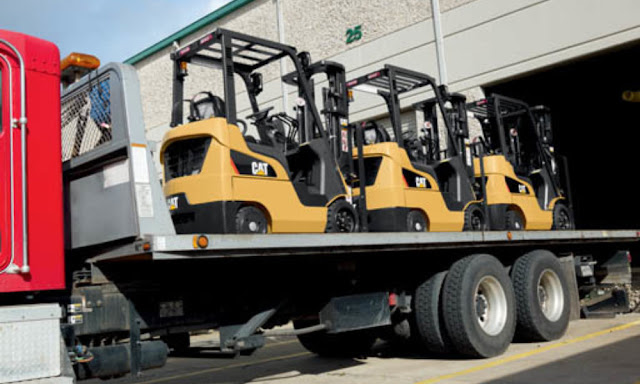Tips to Prevent a Warehouse Shelving Rack Collapse
Efficient operations should be the most prominent goal of a
warehouse manager – and with good reason. Efficiency means more productivity,
which ultimately means more revenue for your business. To optimize efficiency,
warehouses must be well-organized. Warehouse
shelving racks are a key component of any warehouse infrastructure
and contribute greatly to a warehouse’s overall organization. Because these systems
are closely connected, the collapse of one shelving unit or rack could result
in the collapse of an entire row. This could pose major safety issues for your
warehouse staff and may damage valuable equipment. Instead of accepting the
risk of a potentially dangerous situation, take the following precautions in
your warehouse to keep your staff safe, and save both time and money.
Have Adequate Aisle Space
Although it is important to maximize the space you have in
your warehouse, it is equally as important to allow enough space for maneuvering
machinery. In order to avoid unwanted accidents, it is best to have adequate
aisle space. You can determine what “adequate” space means for your warehouse
by considering the height, spacing, and accessibility of your warehouse
shelving racks.
Despite many businesses choosing to keep the recommended
aisle widths to a minimum, many of them fail to consider the high amounts of
traffic during operational hours or even the lack of experience a forklift
driver may have. Besides creating a safer environment for everyone in the
warehouse, more aisle space can help increase driver productivity because they
are able to move about more quickly and efficiently.
Pay Attention to Load Weights
Putting a load that is too heavy on a shelving unit that
cannot support it is sure to result in a collapse, so be sure that your shelves
are capable of bearing such a load. Being mindful of the pallet’s center of
gravity is also important to prevent shelves from pulling backwards or
forwards. In addition, when organizing your loads, it is best practice to put
the heaviest loads in the lower bays and the lighter ones towards the top.
Conduct Inspections Regularly
Conducting regular racking and shelving inspections is
imperative when it comes to preventing accidents. The goal is to identify any
units that require maintenance or repair, which can be done by hiring a qualified
professional for the inspection, and tasking employees with reporting any damaged
or dented shelving units. This helps to prevent the damage from worsening and
becoming a safety hazard.
Remove Clutter
Cluttered aisles can cause accidents by increasing the
likelihood that a
forklift will hit a pallet rack. Clearing clutter and having
drivers steer clear of it can help to circumvent a dangerous situation. Adding bright
lighting to increase driver visibility is also helpful in preventing accidents,
especially in particularly hazardous areas of the warehouse.
Train Your Employees
Training your employees in the latest safety practices and
procedures is essential in running a warehouse. Speed limits should be posted
throughout the warehouse, especially in accident-prone areas like pedestrian
crosses, corners, etc. Sometimes it is necessary to bring in experts to train
your staff, so do not hesitate to reach out to a professional
that can help to properly educate your employees.
As stated before, your priorities should lie in maintaining a
safe and efficient environment in your warehouse. If you are seeking warehouse
solutions, contact us
at Darr Equipment today.



Comments
Post a Comment